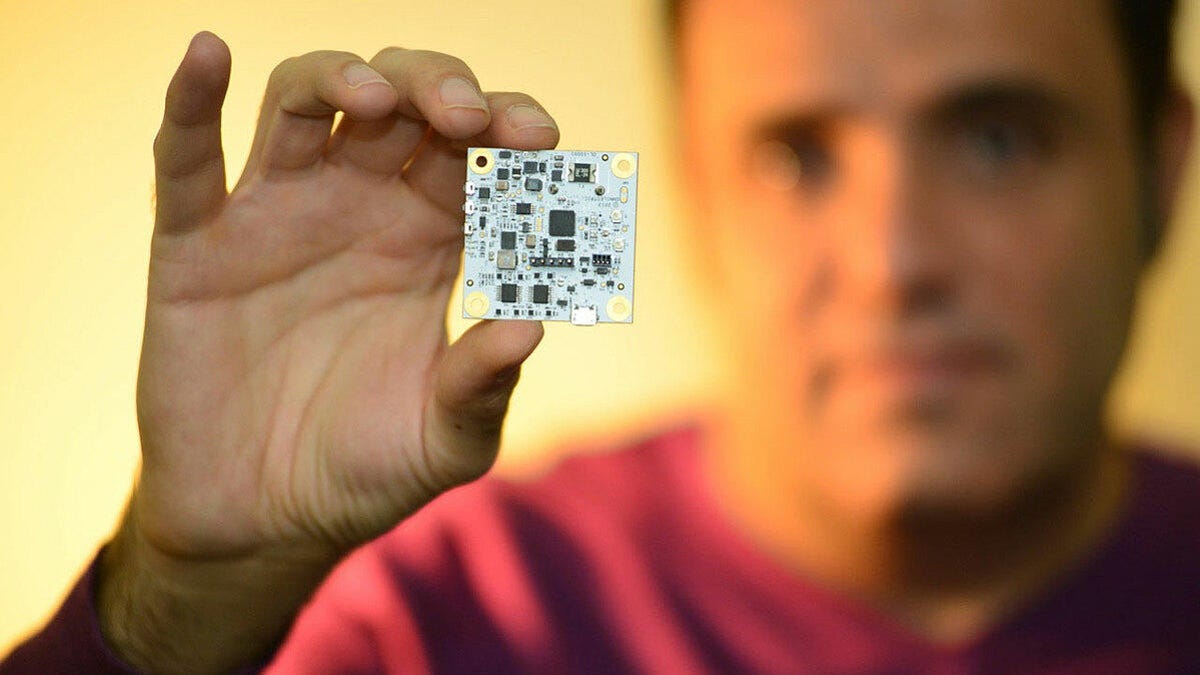No-pad wireless charging tech comes closer with regulatory approval
The FCC gives a limited OK to Ossia's radio-beamed power -- for business uses.

Ossia's Cota wireless charging technology uses circuit boards like this one to control how power beamed by radio waves charges batteries and potentially even replaces batteries altogether.
Ossia's ambition to replace today's tangle of cables with a fully wireless radio-wave charging system moved a step closer to reality with approval from the US Federal Communications Commission. The approval, announced Thursday, has some strings attached, though: It's only for business and industrial settings, with a wireless charging distance up to 1 meter.
Ossia's Cota wireless charging beams power through the air on the same 2.4GHz radio frequency used by Wi-Fi networking. Instead of sending data, though, the radio waves charge a device equipped with an appropriate receiver -- the Spigen Forever Sleeve phone case, for example.
Where today's wireless charging requires you to park your phone on a charging pad, wireless charging technology from Ossia and rivals like Energous work over longer distances. Ossia hopes that in some situations, its technology will power devices directly so no batteries are needed at all.
The technology could also help with gadgets like internet of things (IOT) sensors, and indeed the FCC's certification covers such uses, though it can deliver only about 1 watt of power with the current certification. That's lower than what typical phone chargers deliver, but could be enough to at least keep a charged device battery topped off.
Though the FCC's limits are significant, Ossia says the agency's approval is a step toward bringing the technology to consumers, too.
"Ossia envisions a world powered without wires, batteries, changing pads or line-of-sight requirements operating much like Wi-Fi," the company said in a statement. "This certification is the first step toward that future."
But the work is taking longer than hoped. In 2017, Ossia was aiming to launch consumer products in 2018. Now it's saying commercial products should arrive in 2020.
The consumer push involves work like expanding the frequency bands Cota uses, the company said, and certification work is underway. "Ossia is currently working on multiple future submissions to the FCC, including consumer use cases," the company said. It's also working on regulatory approval in other countries.

